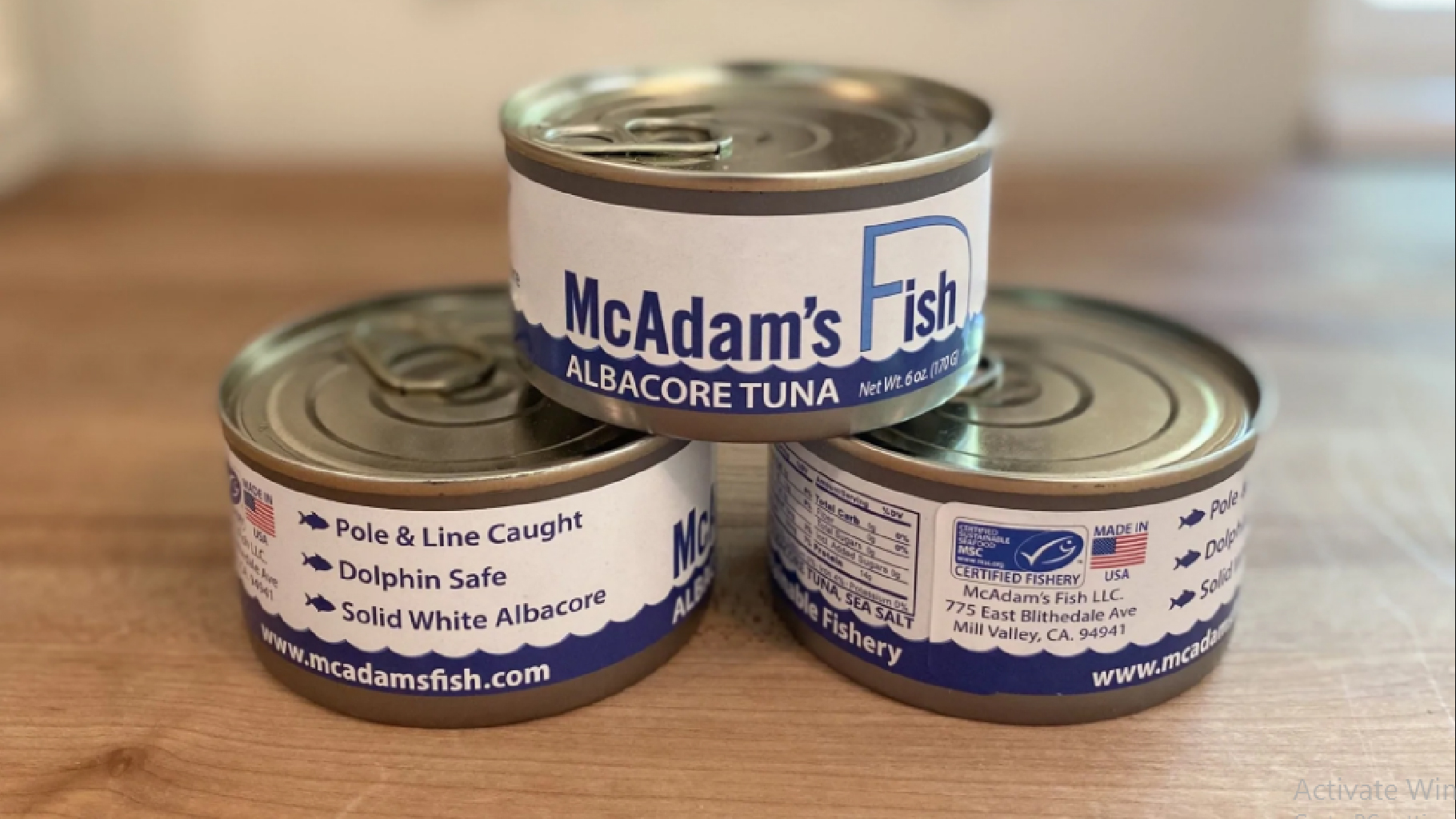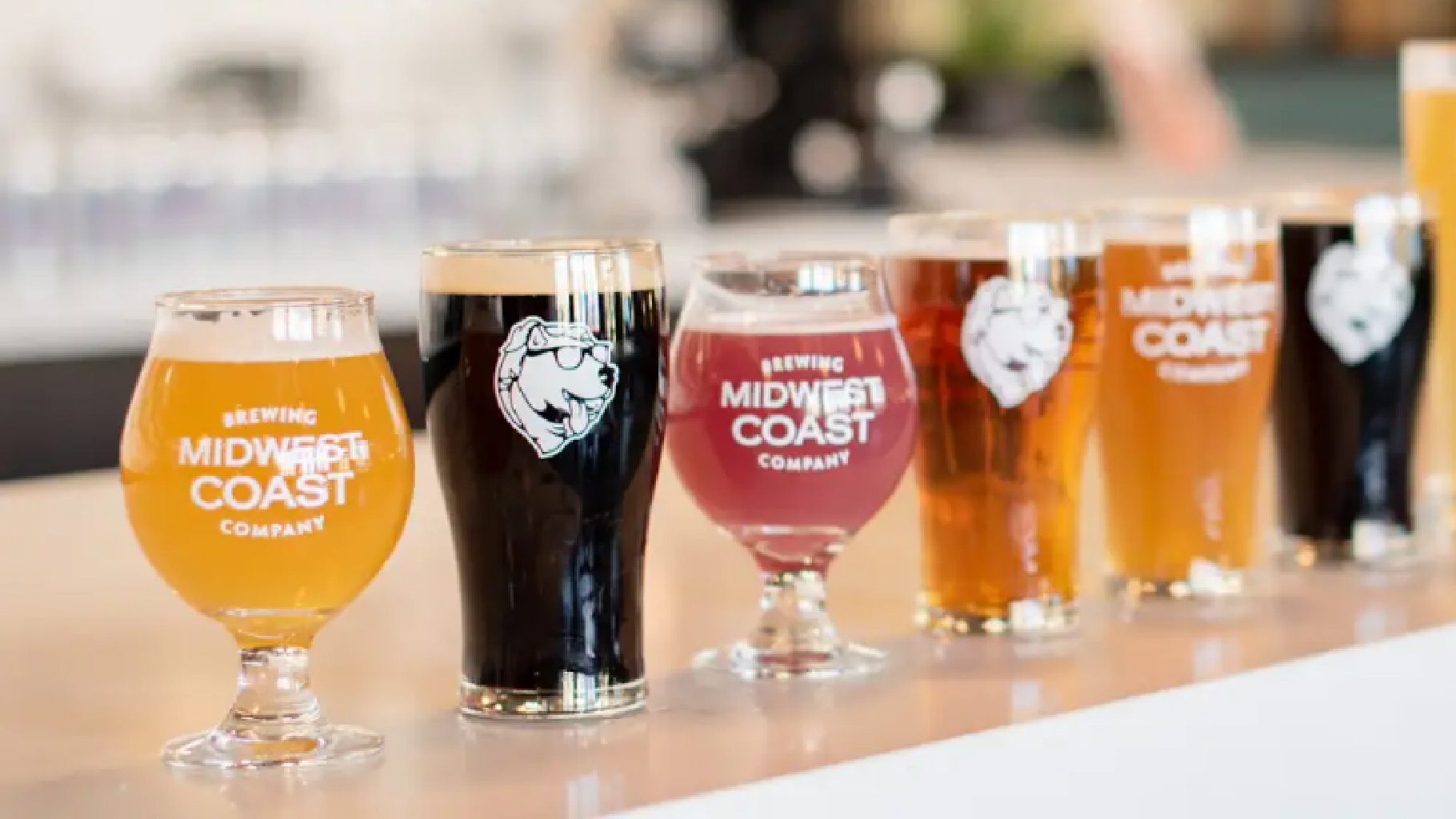By Gary Hewamadduma ACMA, CPA, CGMA, MBA, B.Sc.(Hons) in Computer Engineering
Finding the right formula for revenue, cost of goods sales (COGS), labor costs, promotional giveaways, controllable overheads and non-controllable overheads is essential in running a restaurant entity. The reason for most restaurants being short-lived is not the taste of food or the service level. It is the poor management of costs and not being able to find positive unit economics. In this blog article, let’s have a closer look at each item and proper method of accounting for comps.
Prime Cost:
The prime cost in a restaurant is the summation of COGS and Labor Costs. COGS is what is directly associated with the sales ticket, AKA food and beverage costs. The Gross Profit is the net of Gross Sales and COGS (Sales – COGS). In a typical profit & Loss Statement, labor costs come below the Gross Profit line.
Revenue (A)
Food Cost (B)
Beverages Cost (C)
Cost of Goods (D) = B + C
Gross Profit (E) = A – D
Labor Costs (F)
Prime Costs = D + F
So, what is the right formula for prime cost in order to be profitable? Well, it depends on the type of restaurant you are running. Typically, prime cost runs at about 55% – 65% of revenue. Generally, about 25% – 35% in terms of COGS and 20% – 30% in labor costs. The combination varies based on the type of food and service level.
In a regular mid-market establishment, it could be 30% COGS and 25% labor, making the prime cost to be at 55%.
When you are focused more on lowering food costs (say, fast food entities), you probably have more people serving and managing the kitchen, so the labor costs could jump higher. So, in that case, COGS at 20% and Labor at 35% making it to the same 55% prime costs.
If it is a high-end establishment that focus more on specialty food, you may have 35% of COGS and 20% on labor.
There can be various other scenarios, but the key is to have your own strategy roll into a proper budget. So, you know where things are going right vs wrong based on YOUR OWN STRATEGY for success. Most businesses fail when the budget is not in line with the strategy.
Other controllable Overheads:
The controllable overheads include; Marketing, some utilities, recruiting expenses, training etc..
Other Un-controllable Overheads:
These are typically; Rent, insurance, interest, parking, kitchen supplies etc.
Depending on your own bottom line target, you need to be mindful of both controllable and uncontrollable overheads. For example, if your prime costs are at 55%, then obviously all other overheads must be within 45% in order to stay afloat. How much of that 45% you can keep is based on the operational efficiency and other case-specific factors like maturity of the business (so you can make better deals with service providers), Location (for insurance etc.), level of investment (cost of capital) and so on.
Comps and Discounts:
Comps (Complimentary items) are items that you serve free of charge (or ‘discounts’ in the case of partial reduction of price from the regular price). These should not be confused with ‘voids’. An easier way to think of this is; comps are the sales that were never charged for (or partially charged for) but “made it to the guest table”. Voids are just a reversal of a mistaken item. Voids have no impact in financials because they were null sales to begin with.
The accounting for comps has been an error-prone area, even for seasoned accounting professionals. Often times, there are two ways of making mistakes on this.
Mistake 1:
Recording comps as a simple reduction of revenue.
In this scenario, typically the comps are recorded as a “contra revenue” item (A negative revenue) lowering the total revenue. Here, ‘comps’ or ‘discounts’ are classified in the revenue section as a negative item. The problem with this approach is that it would distort the gross margin (as COGS are stated as usual while the revenue has been adjusted for comps). It will be misunderstood as an operational inefficiency or as a menu pricing error, or even as wastage.
Mistake 2:
Recording comps as a marketing expense at full sale value.
This is where one would understand the mistake 1 and still will not solve the problem 100%. In this scenario, revenue, cost of sales and marketing amounts are overstated as the comps are recorded at full sale value as a marketing expense (Typically as a “Promotional Expense”, “Staff Meals” or similar).
The actual cost of food or beverages you give away is of course lower than the sale value, hence the mistake.
This can also hurt the business if sales tax and/or rent are calculated based on the gross sale value.
So, how to account for it?
To achieve both management accounting and financial accounting goals, the following steps could be followed.
• Account revenue at gross value on a daily basis with comps (the amount not paid for) recorded as type of marketing expense. (This is a temporary step)
• At period end (say, month end), once the COGS are adjusted for inventory and deemed final, calculate the COGS ratio. (COGS divided by revenue)
• Multiply the comps total for the period (already recorded as a marketing expense) by the COGS ratio to determine the “true estimated COGS” related to comps.
Do 2 period-end journal entries;
1. Reverse the comps from revenue and marketing expense in total (the accumulation of step 1 above). (Dr. Revenue; Cr. Marketing Expense). For this purpose, a special ‘catch-all’ contra revenue line could be used.
2. Post the true value of the COGS related to comps into Marketing Expense, and COGS (Dr. Marketing Expense; Cr. COGS). Here also, you may use a special ‘contra-COGS’ account to post it.
Now, your sales are correct (not overstated), COGS represent only the amounts incurred in serving paying customers, marketing expenses represent the true expense to the entity in providing giveaways. As a result, all financial ratios are naturally correct too.
This approach, while being technically accurate and provides 100% true picture of the business, is not necessary if the comps are insignificant. However, if the Comps run at about 2%+ of sales, it is advisable to follow.






